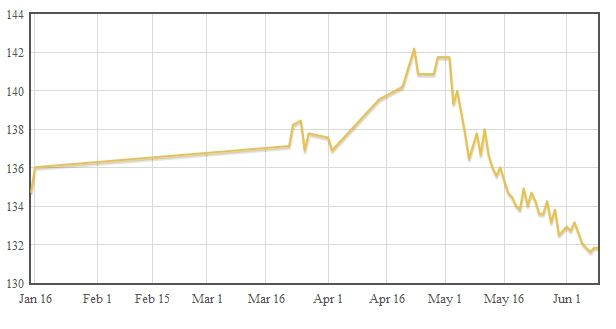
I’ve had the miCoach for 2 days now, and I have to say I’m pretty happy with it. If you remember, I got the miCoach because I wanted an exercise logger to hack around with and wasn’t in the mood to give Apple any of my money. I haven’t had much time to tinker with the device or website itself; the website uses Flash / AMF and the device itself uses a proprietary binary format.
Here’s my impression so far:
Accuracy
I ran on a treadmill and the miCoach was true to the treamill’s distance calculation within two hundredths of a mile. The miCoach measures how for my foot travels, and the treadmill measures how far the belt travels. I’m not sure which I’m inclined to believe, but in truth two hundredths of a mile is fine for my running.
For some reason gym equipment never registers my heart rate, so I don’t have a good way of comparing the miCoach heart rate monitor to anything else. But checking my pulse the old school way (two fingers on my neck) after my run came out to about what the miCoach said.
Sync / Online Interface
The syncing process is pretty smooth, you plug the pacer into your computer and the miCoach application sends your data to their servers. The graphs are nice looking. I like showing my pace alongside the heart rate data, it’s interesting to see how small changes in the speed of my running affect my heart rate. Running at 5.5 mph is fine, but pushing it up to 6 mph over a few minutes sends my heart into the red.
There’s not much in the way of social interaction, but since no one else I know has one of these that’s not a big drawback for me.
Coaching / Music
If you like, the pacer will coach you through various predefined workouts or your own custom plans based on either runnin speed or heart rate. I still prefer my workout-specific running mixes to the random British dude talking over a generic playlist, but it’s a well implemented feature.
The miCoach daisy chains itself between your MP3 player and headphones. It uses a standard 3.5mm jack so it will work with pretty much any audio source. My gym has TVs and headphone jacks on each treadmill (yes, I go to a fancy gym) and it has been pretty exciting to listen to the audio from the TV instead of just reading the closed captions, while still getting audio cues from the pacer for when to slow down and speed up.
Value
The miCoach is not cheap. I got mine from RoadRunner Sports for $125 shipped. As a running tracker, it’s probably only worth it if you’re serious about running. Otherwise the $30 Nike+ is much more affordable (assuming you have a compatible iPod; I didn’t).
However, comparing the miCoach to the Nike+ is a bit unfair. Nike+ is a pedometer, whereas miCoach is a heart rate monitor with online tracking and a pedometer. This is significant because the miCoach is useful for pretty much any type of exercise, not just running. Since it measures your heart rate and not just your footfalls it’s still useful for rowing, cycling, etc. You won’t get the same type of distance/pace data, obviously.
I really wish there was a standard for exercise data. The ergometer we got back in 2000 has the ability to interface with a PC, so there’s no technical reason all the equipment couldn’t feed into the same tracking systems. But since everyone has their own proprietary thing we end up with a separate tracker for each type of workout data. Bleh.
Hacking
Using FireBug I watched a few of the AMF calls, but since I have no experience with AMF it will be a while before I can see if that’s something I can use in my own code. In theory if the Flash client can do it I should be able to (since Flash is run locally), but it’s been a very long time since I looked at anything Flash related. I wish they’d just open an API. It could only help adoption of the device if third-party sites were able to support it.
Upon mounting the device in Windows it shows up as a removable drive with two files on it, adidas.bin and adidas.dat. There doesn’t appear to be anything in adidas.bin, and adidas.dat looks to be encrypted/compressed/otherwise a pain.
However! Once you run the Adidas MiCoach Manager software, a ton of files show up on the device (I’m assuming decompressed from adidas.dat). From my 28 minute workout there are 40 files named EXRCS###.bin, 16 WKDEF###.bin, and a handful of other binaries. A quick stab with IDA Pro didn’t turn up anything super exciting, but my guess is that the EXRCS files are completed workout data and the WKDEF are pre-programmed workouts.
I have a ton of dev work to do over the next month, and a wedding to start planning, so it will probably be a while before I can really look at these. But it’s a start!





